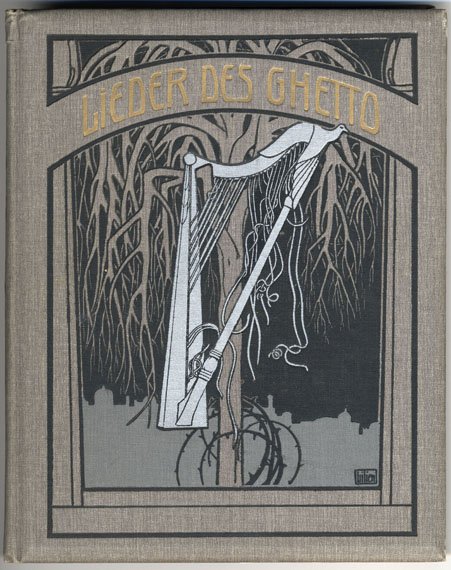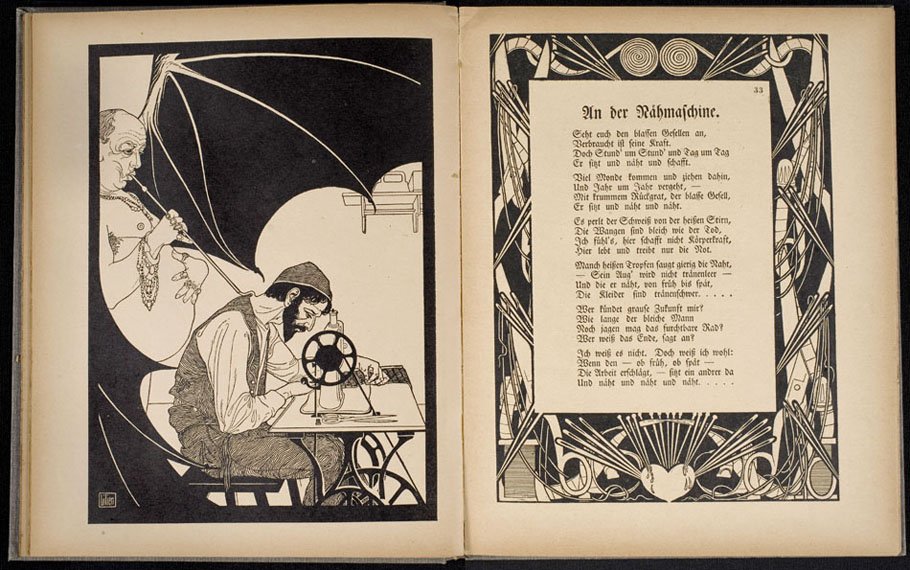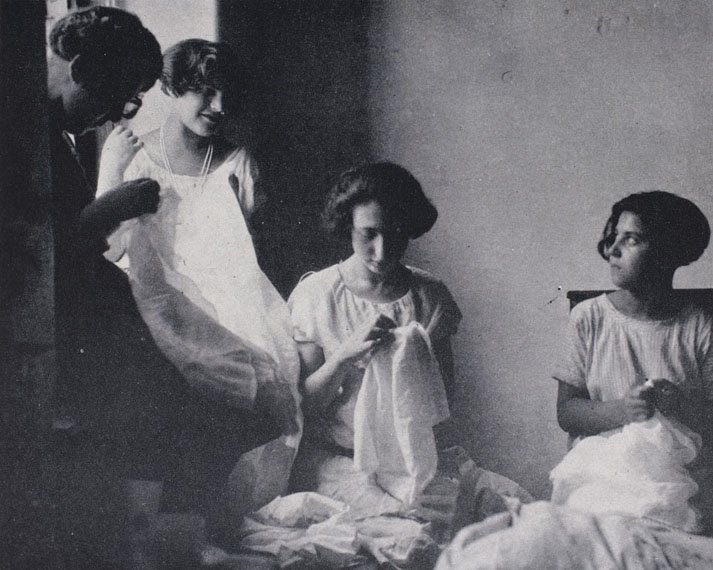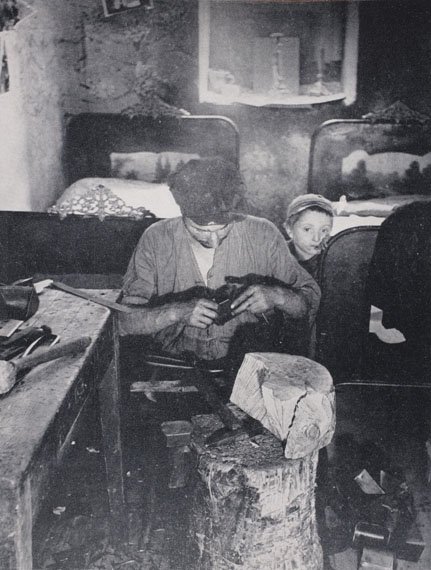Images of Jews at Work
Ephraim Moses Lilien (1874-1925) is known as the father of Zionist iconography. He sought a secular education and in 1899 settled in Germany, where he became involved in the movement to restore Jewish statehood. He was the master of the Jewish motif and fashioned a national Jewish art by blending traditional Jewish symbols with contemporary styles, such as Jugendstil (German Art Nouveau).
Lilien introduced groundbreaking innovations in book art, starting with Juda (1900), a book of biblical poetry written by his Christian friend, Börries Freiherr von Münchausen. Juda was followed by Lieder des Ghetto, or Songs of the Ghetto (1903), which contained Morris Rosenfeld's translated Yiddish poems about the suffering masses in the Diaspora. Unlike Juda, which focused on the proud ancient Hebrews, Lieder des Ghetto concerned the torment of a displaced people with hope for future redemption in the Promised Land.
The images of suffering Eastern European Jews depicted in Lilien's work parallel the tone captured in the photographs collected in Die farshvundene velt (The Vanished World). This compilation gathered the works of the few photographers who captured life in ghettos in the years immediately preceding World War II. In addition to those of Roman Vishniac, many of the photographs in the collection were taken by the Polish-Yiddish writer and ethnographer, Alter Kacyzne, who perished in the Holocaust.




